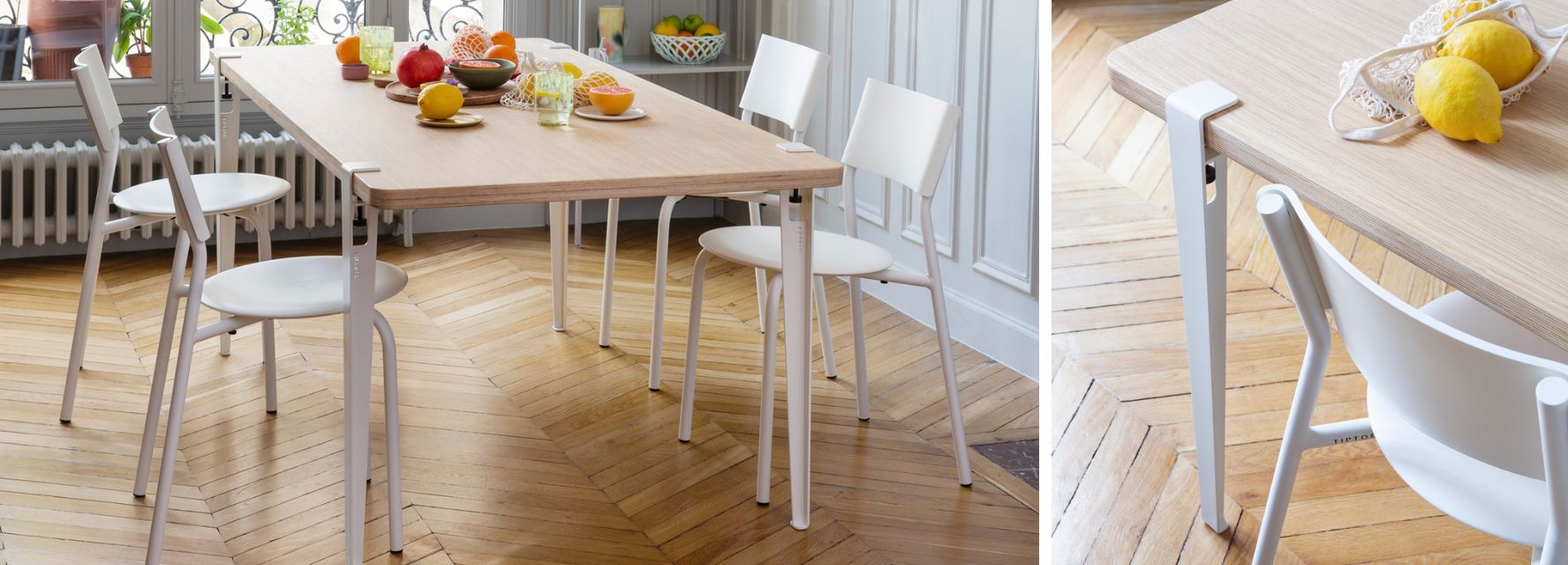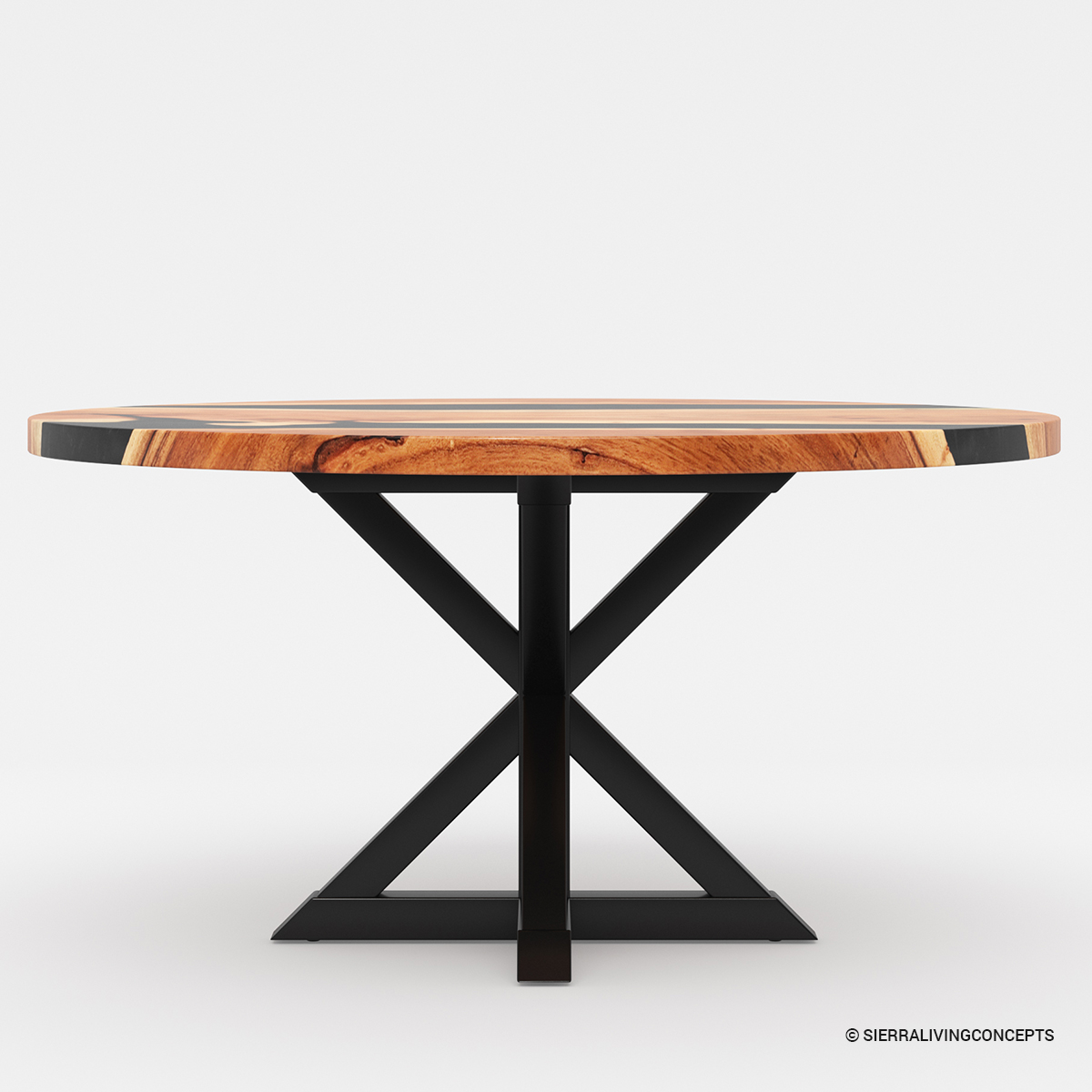Unique Dining Room Table Legs That Will Elevate Your Dining Area
Unique Dining Room Table Legs That Will Elevate Your Dining Area
Blog Article
From Typical to Modern: Discover the Ideal Eating Area Table Legs for Your Style
While traditional layouts such as cabriole and transformed legs evoke a sense of timeless class, modern styles like hairpin and geometric choices provide an opportunity for striking visual interest. As you take into consideration these components, the concern remains: just how can you seamlessly integrate these varied leg designs to produce an unified eating experience?
Comprehending Table Leg Styles
The variety of dining-room table leg styles can dramatically affect both the aesthetic appeals and performance of the space. Each leg style contributes one-of-a-kind visual components and functional attributes, accommodating diverse design choices and use demands. Understanding these designs is critical for choosing the best table that lines up with your total interior decoration vision.
As an example, conical legs supply a tidy, traditional appearance that can improve a space's sophistication, while pedestal bases supply stability and take full advantage of legroom, making them perfect for smaller sized rooms. Barrette legs, a hallmark of mid-century contemporary layout, introduce a commercial flair, permitting an airy, open feel. Similarly, trestle legs stimulate rustic charm, giving durable support and a feeling of timelessness.
Wooden legs can bring warmth and structure, whereas steel options usually share a smooth, contemporary ambiance. Eventually, understanding table leg styles is crucial for developing a natural eating location that mirrors personal design while ensuring practicality and convenience.
Typical Table Leg Options
When choosing dining-room table legs, typical options typically personify classic sophistication and craftsmanship. These layouts show an abundant heritage and a commitment to top quality, making them ideal for those who value timeless appearances.
Among one of the most legendary traditional leg styles is the cabriole leg, defined by its stylish rounded shape. This layout typically includes attractive carvings and is most generally found in Queen Anne and Chippendale furniture. One more prominent choice is the transformed leg, which flaunts a series of smooth, rounded shapes that offer a classic appearance while maintaining stability.
Additionally, the straight leg, while easy, provides a tough and unadorned structure that can blend flawlessly with a selection of tabletop styles. For those attracted to ornate outlining, claw-and-ball feet legs evoke a sense of splendour and can serve as a magnificent focal factor in any dining area.
Last but not least, stand bases, although not strictly legs, provide a different typical alternative that permits for adequate legroom and can be magnificently carved. Each of these traditional leg designs adds to the general ambiance of a dining-room, marrying feature with aesthetic charm.

Modern Table Leg Designs
Modern table leg designs offer a varied series of designs that highlight cutting-edge products and clean lines. These designs commonly prioritize functionality while serving as striking prime focus within an eating space. Minimal appearances prevail, with legs crafted from products such as metal, glass, and crafted timber, which contribute to a contemporary and airy feeling.
One preferred layout is the hairpin leg, defined by its slim, tapered structure that provides security without overwhelming the tabletop (dining room table legs). This design is commonly located in mid-century contemporary furniture and can effortlessly enhance various dining table shapes. An additional pattern is using geometric forms, where legs might tackle unbalanced or angular types, including visual rate of interest and a touch of artistry

Mixing Styles for Special Spaces
Typically, property owners look for to produce one-of-a-kind dining spaces that reflect their individual style by mixing numerous design components. This strategy permits the consolidation of varied aesthetic appeals, causing a harmonious yet distinct atmosphere. Combining a rustic wooden table with smooth, modern steel legs can produce a distinctive comparison that raises the room's total appeal.
Additionally, integrating vintage table legs with contemporary table tops can stimulate a sense of history while maintaining a modern sensibility. Such combinations not just display individual preference however additionally motivate imagination, allowing homeowners to curate a room that really feels both personal and welcoming.
Shade plays an important duty in this blending process; picking table legs that match or comparison with the existing color design can enhance visual passion. For instance, whitewashed legs can soften the boldness of a dark table surface, developing a balanced aesthetic.
Tips for Choosing the Right Legs
Picking the right table legs is vital for achieving both functionality and aesthetic appeal in your eating space. Begin by thinking about best site the general design of your space. Conventional setups take advantage of legs that feature elaborate carvings or transformed layouts, while modern areas might require streamlined, minimalist styles.
Following, examine the height and stability of the legs. dining room table legs. Basic dining tables vary in between 28 to 30 inches in elevation, so guarantee the legs match this measurement for comfort. Additionally, robust materials, such as wood or steel, can boost security and long life
Assess the leg form as well-- options include straight, tapered, or pedestal layouts. Straight legs offer a timeless appearance, while conical legs can add a touch of beauty. Pedestal bases supply adequate legroom and are suitable for smaller spaces.
Conclusion
In summary, selecting the ideal eating area table legs calls for mindful factor to consider of both standard and modern designs. Traditional choices such as cabriole and transformed legs offer classic sophistication, while modern designs like barrette and geometric forms supply a contemporary touch. By harmonizing leg design, height, and material with the general design, a natural and weblink welcoming environment can be attained. Inevitably, the picked table legs ought to mirror the desired visual, enhancing the dining experience within the room.
The range of eating space table leg designs can substantially influence both the looks and performance of the click over here now room. Eventually, recognizing table leg styles is crucial for producing a natural eating location that shows personal design while guaranteeing usefulness and convenience.One of the most renowned typical leg designs is the cabriole leg, defined by its graceful bent shape. Straight legs offer a classic appearance, while tapered legs can add a touch of style.In recap, picking the excellent eating space table legs needs mindful factor to consider of both modern and traditional designs.
Report this page